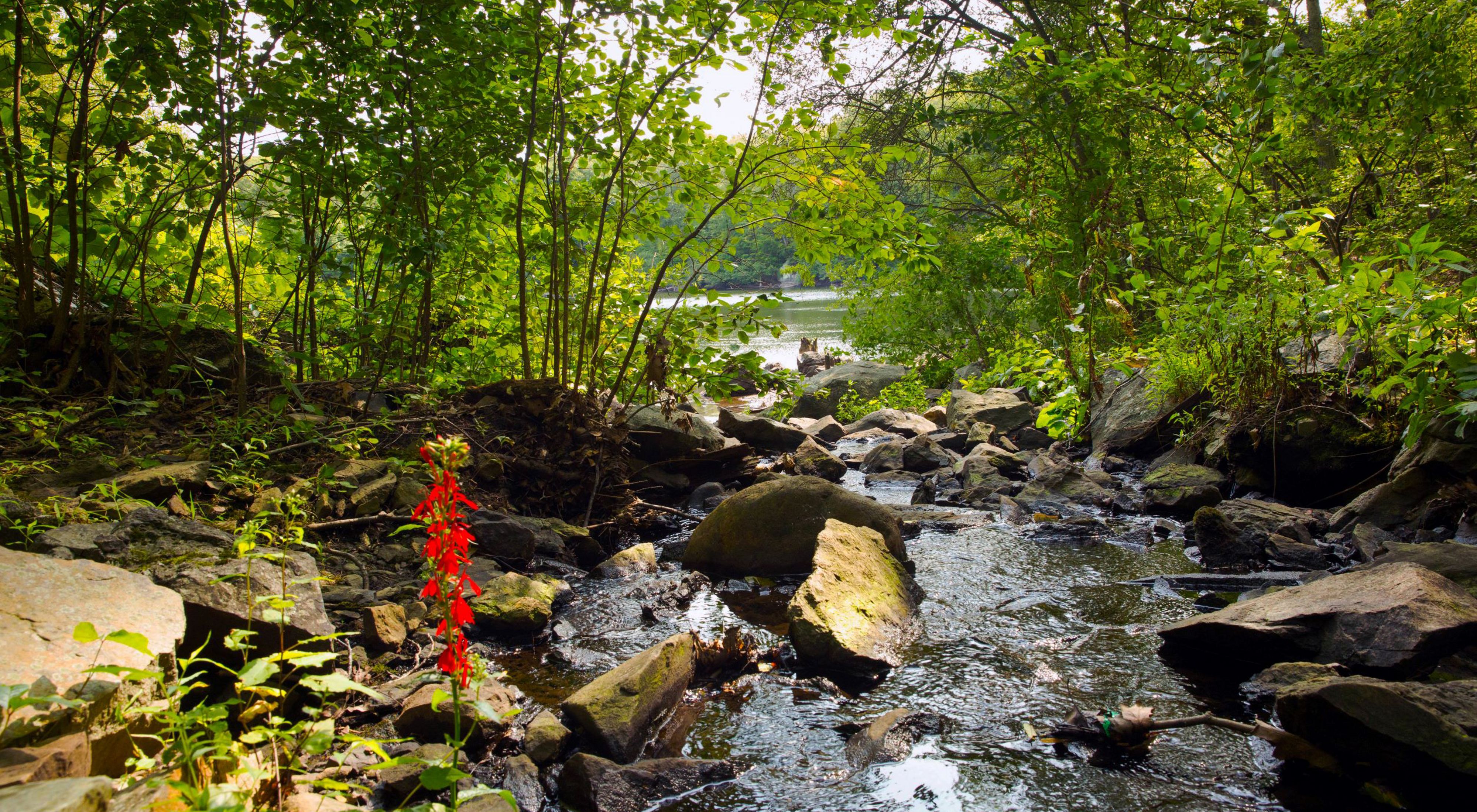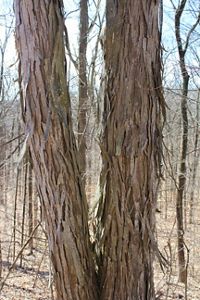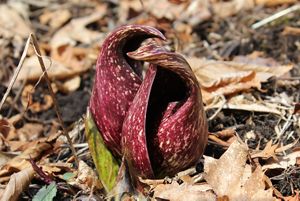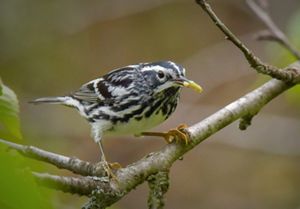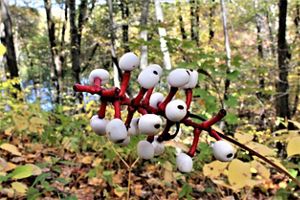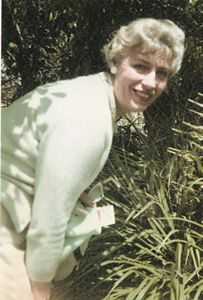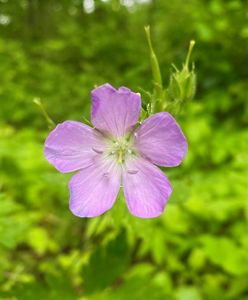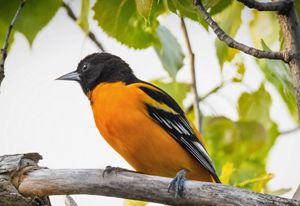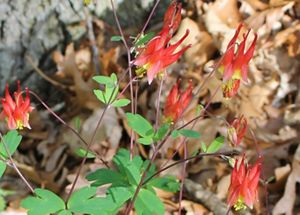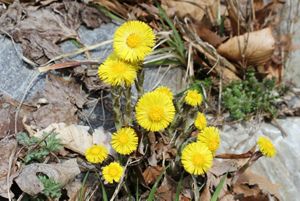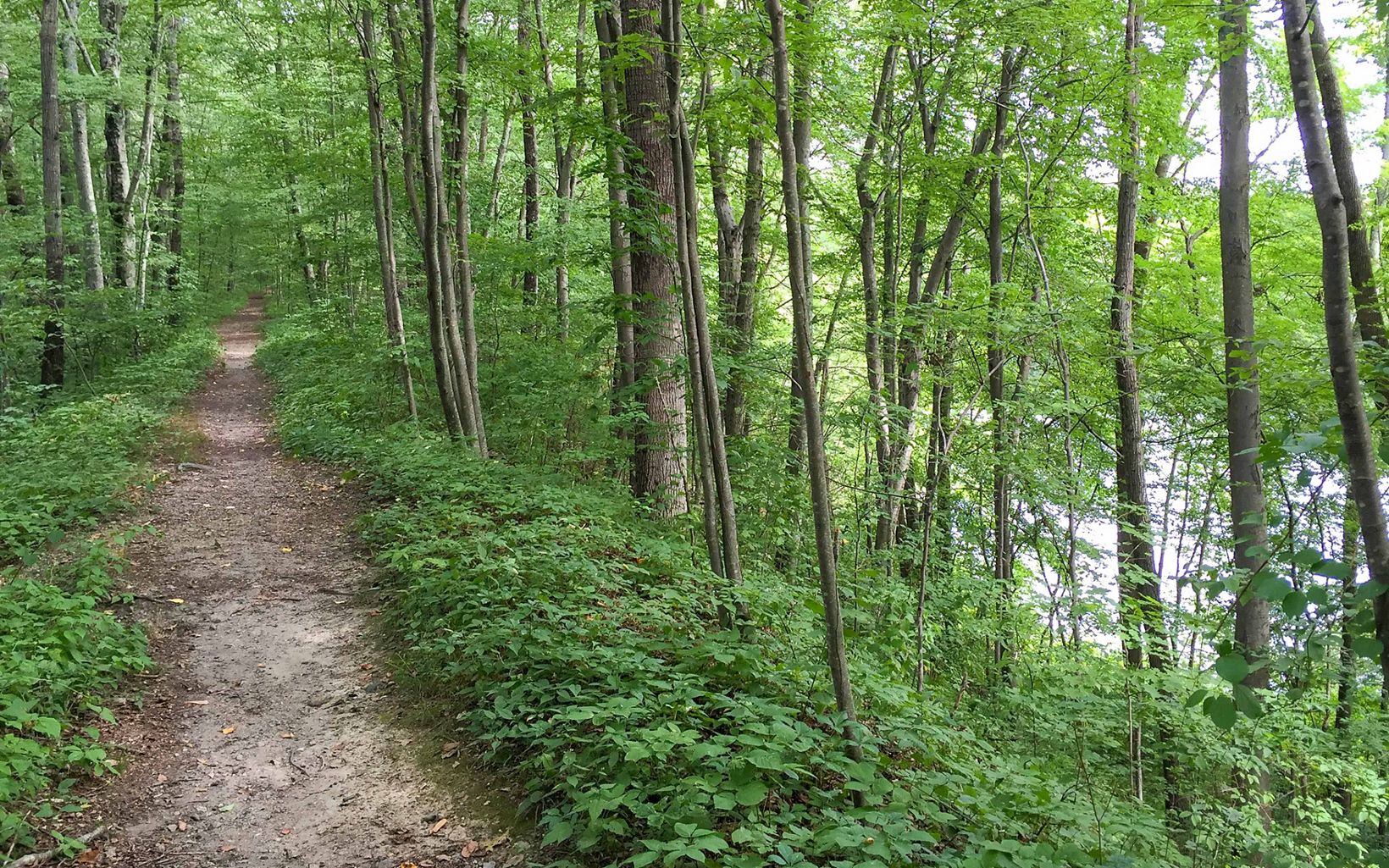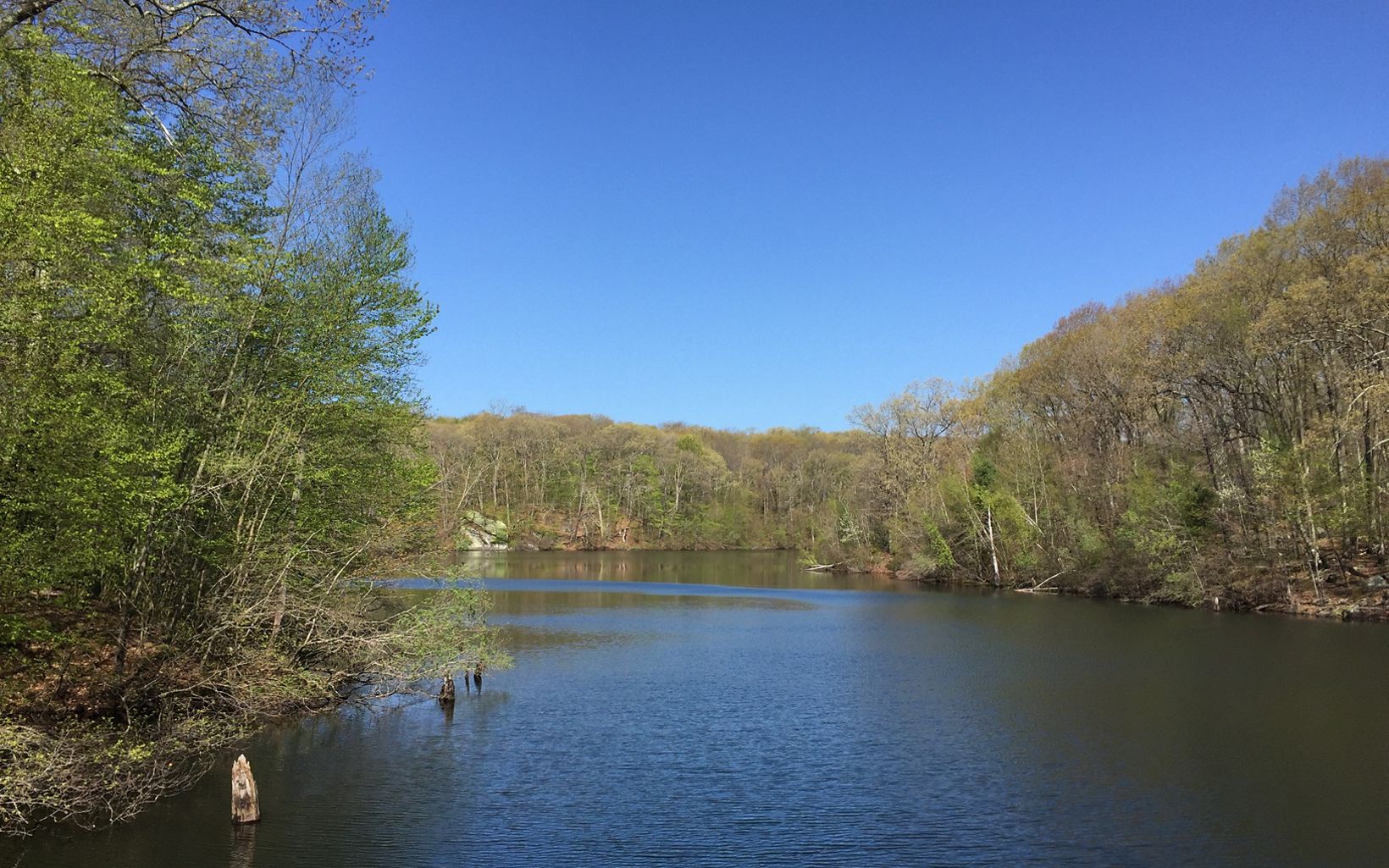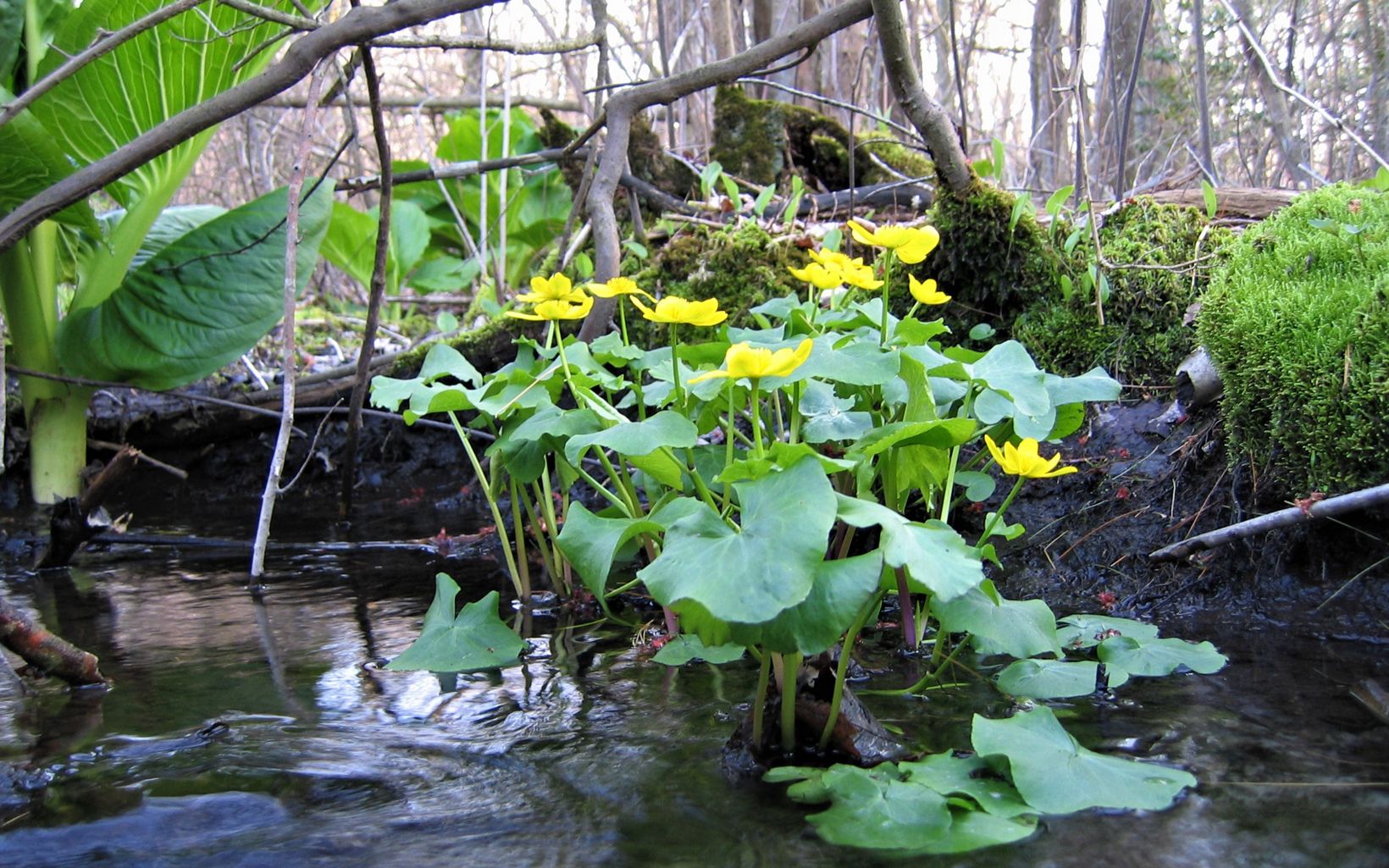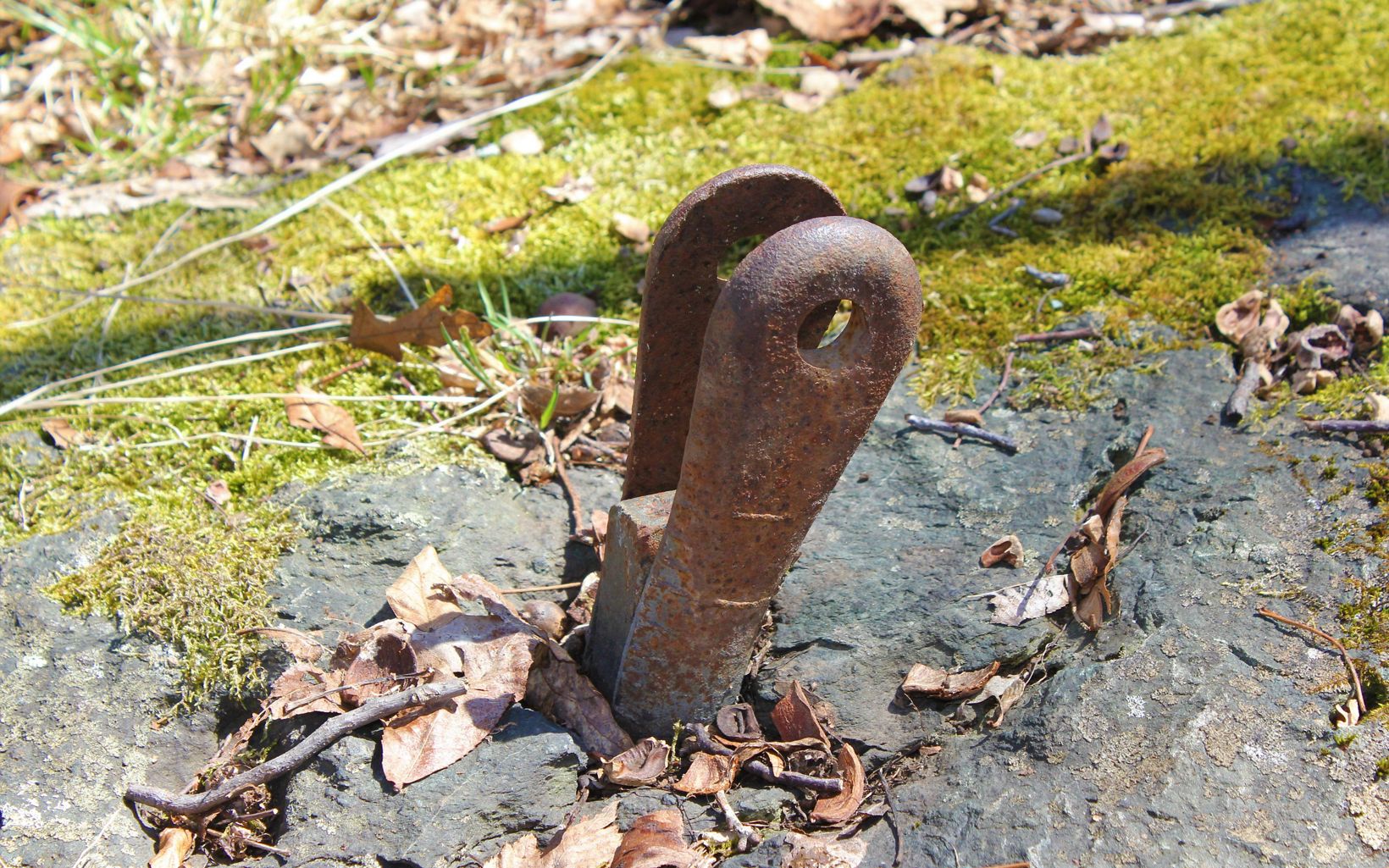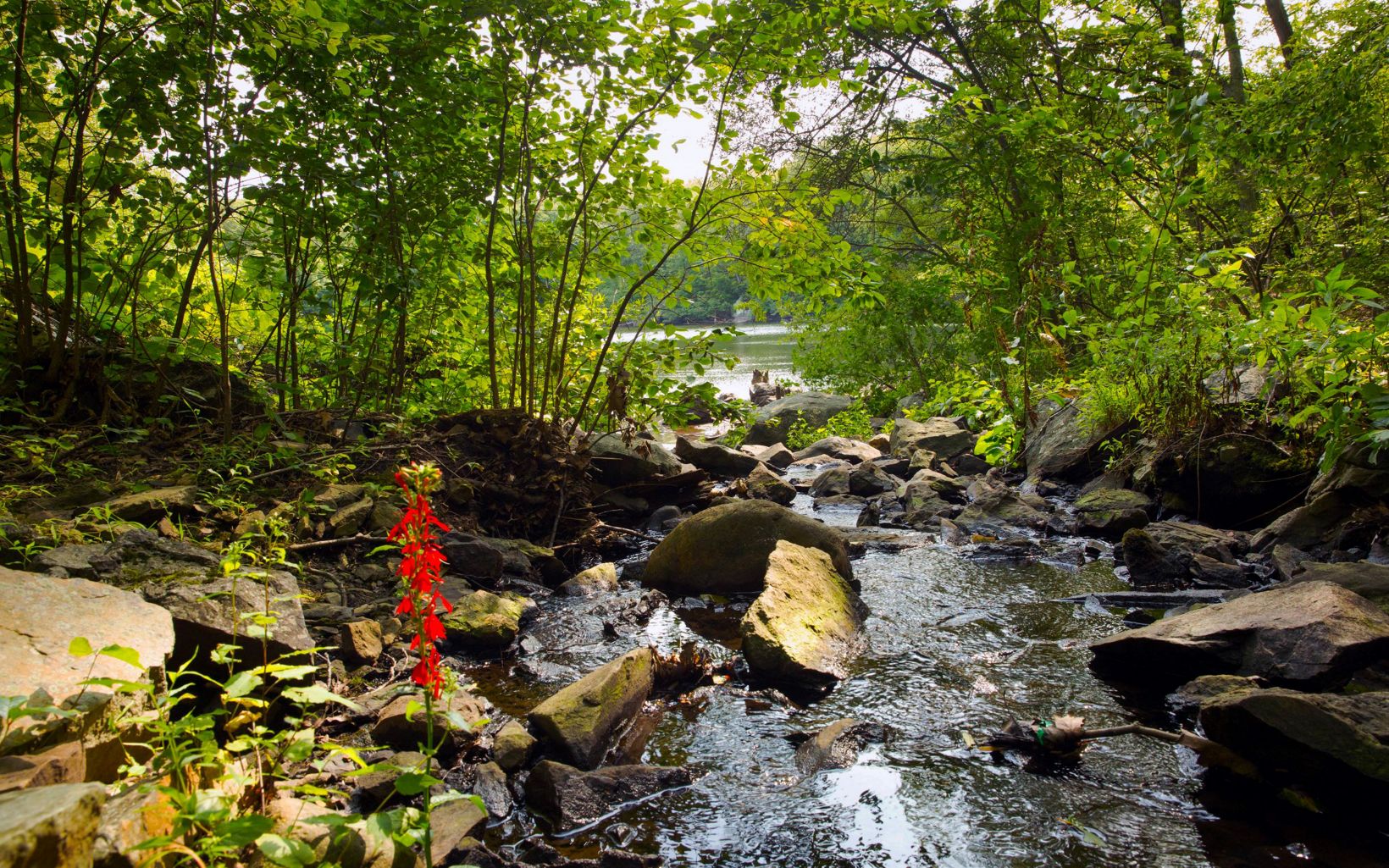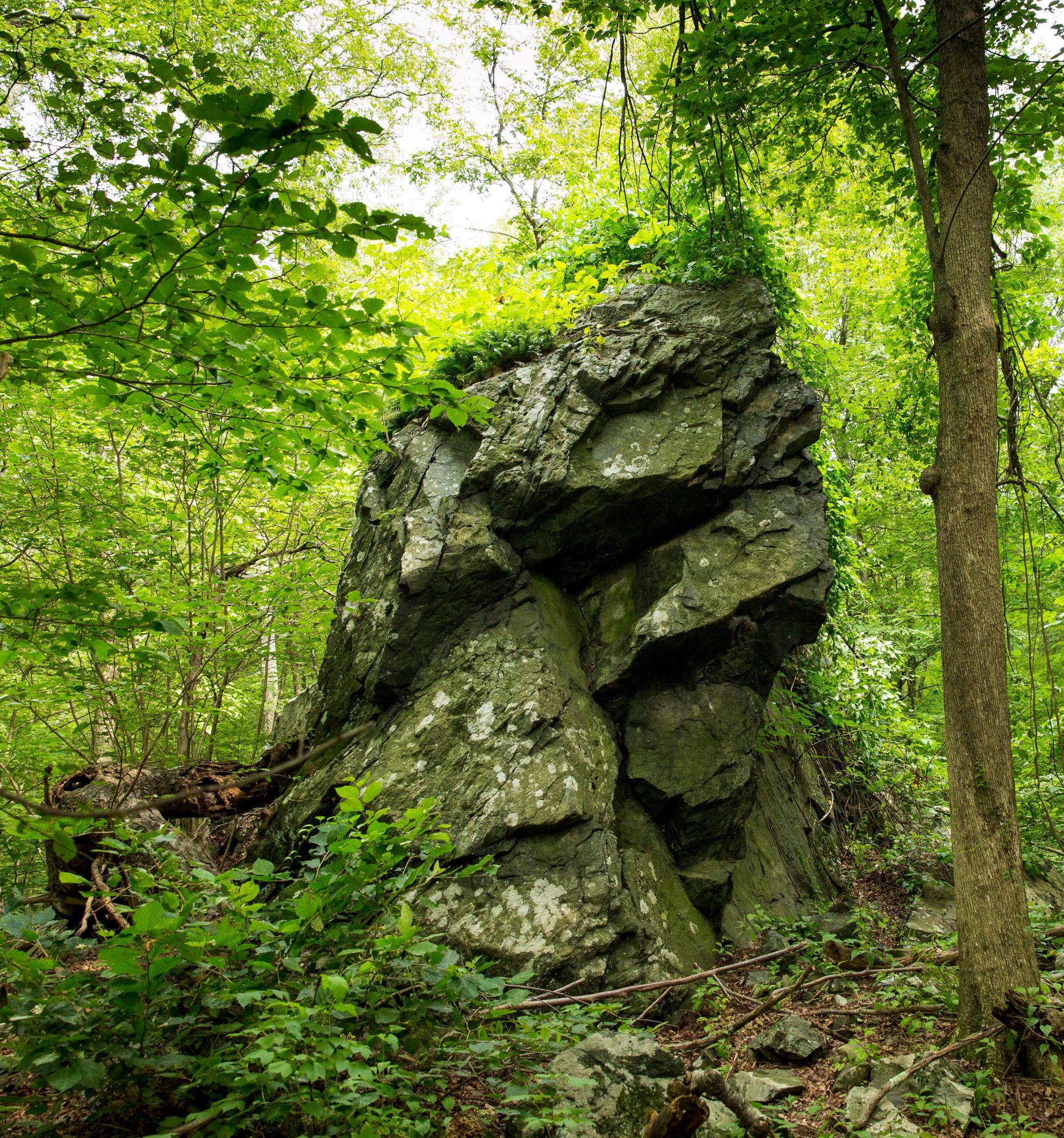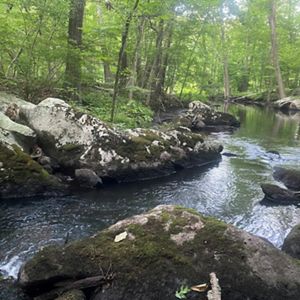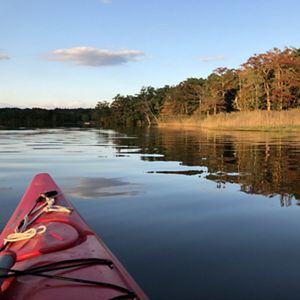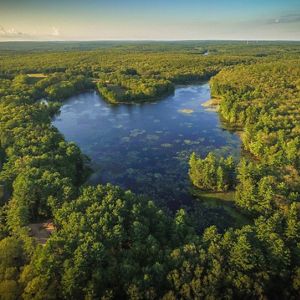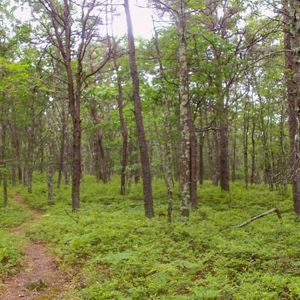Description
The Aust Family Preserve is a flagship preserve of The Nature Conservancy. Just 15 minutes from Providence, this beautiful natural area offers a bit of history, scenic backdrops, and wide trails fit for family adventures.
A long-abandoned trolley track provides a flat, straight trail through the forest, while connecting loops wander the preserve's hills and curves. A broad, grass-covered dam serves as an unofficial rest stop overlooking Manton Pond.
The preserve's rich soils, overlaying ancient limestone deposits (unusual for Rhode Island), support a vibrant forest, with abundant wildflowers and massive oak trees. Spared from development, it brings close to home the look and feel of the central New England woods.
The Aust Family Preserve is managed in partnership with the Town of Lincoln. Leashed dogs are permitted.
